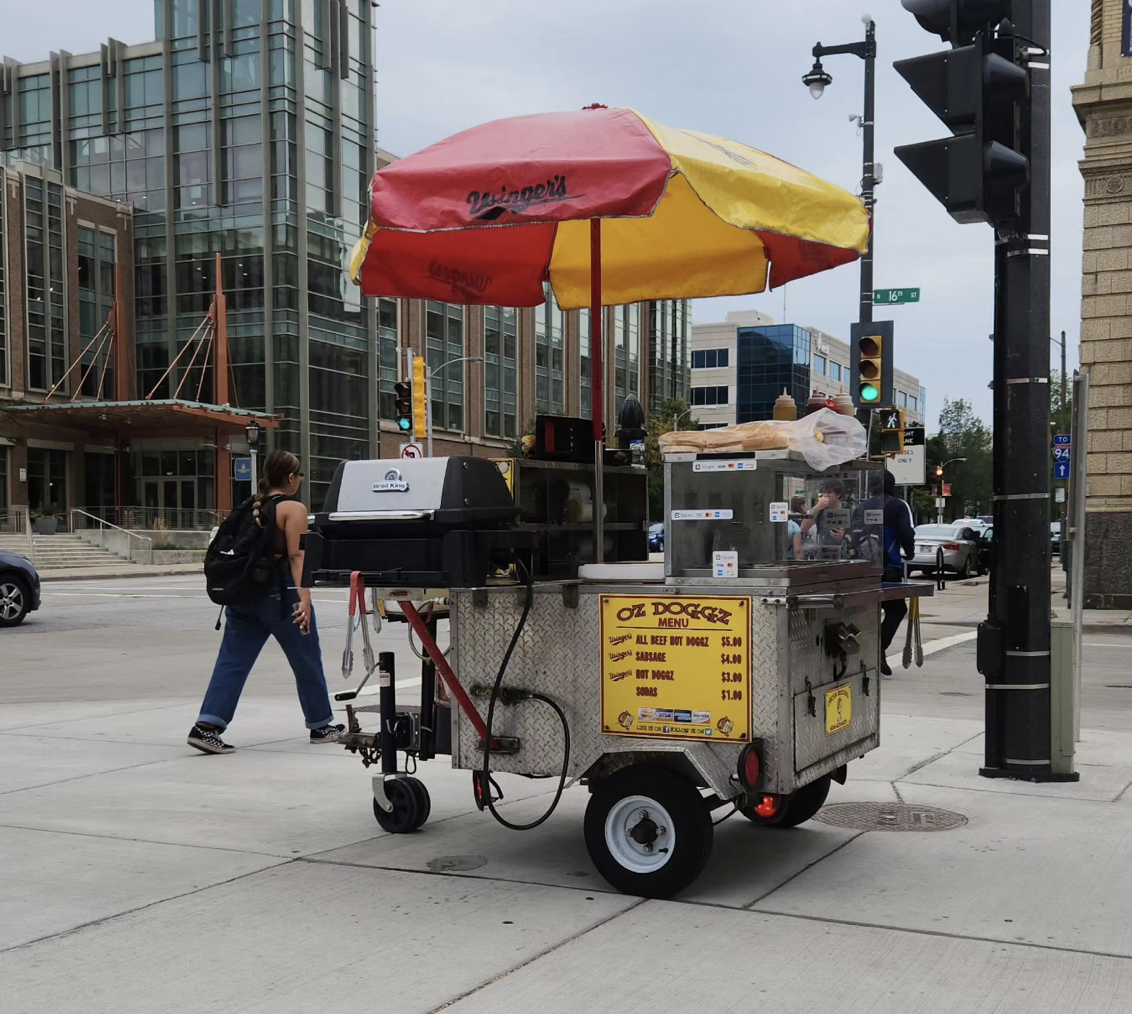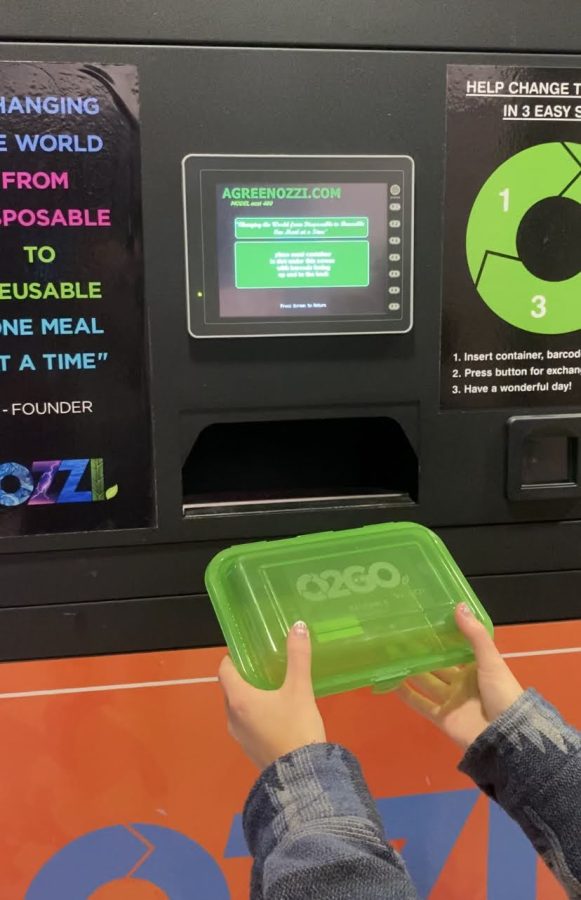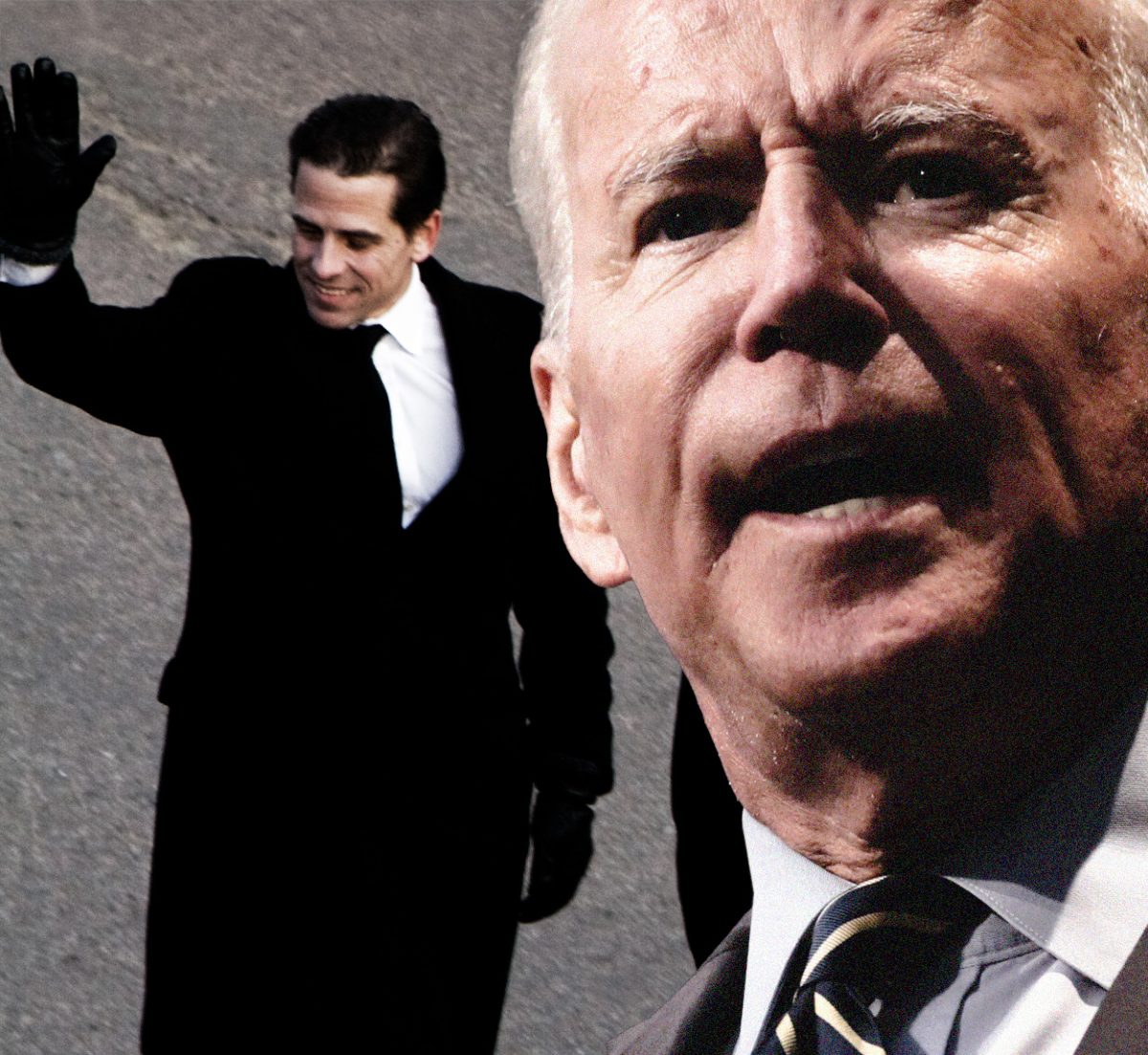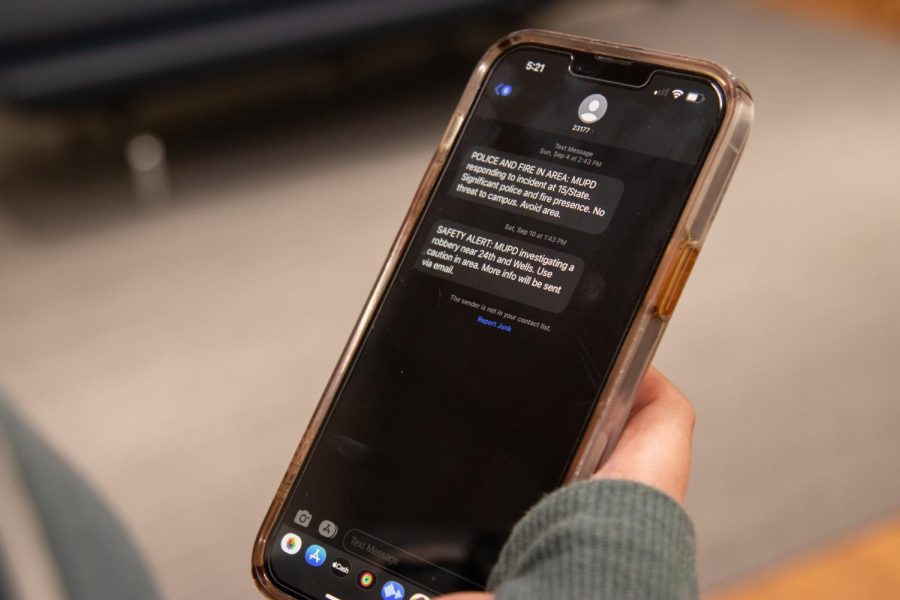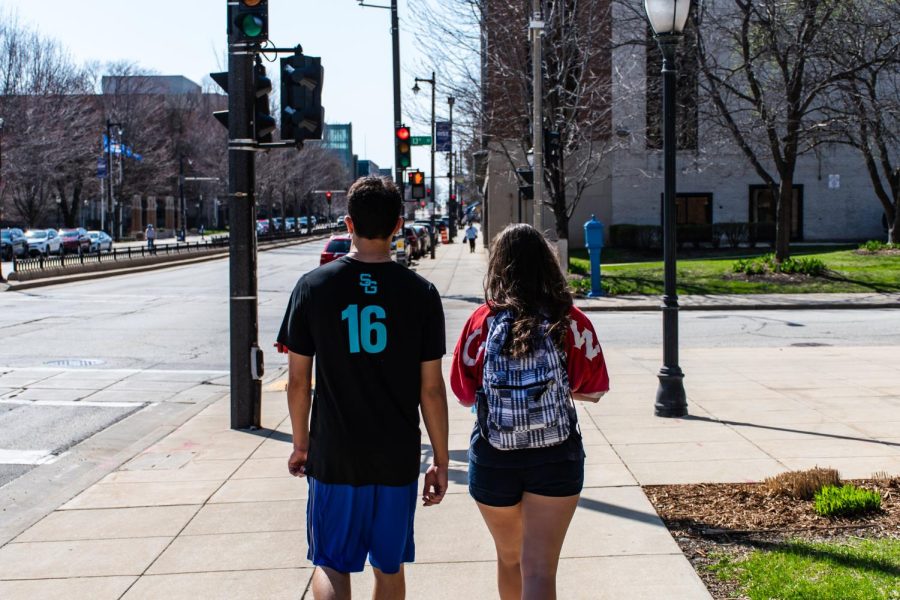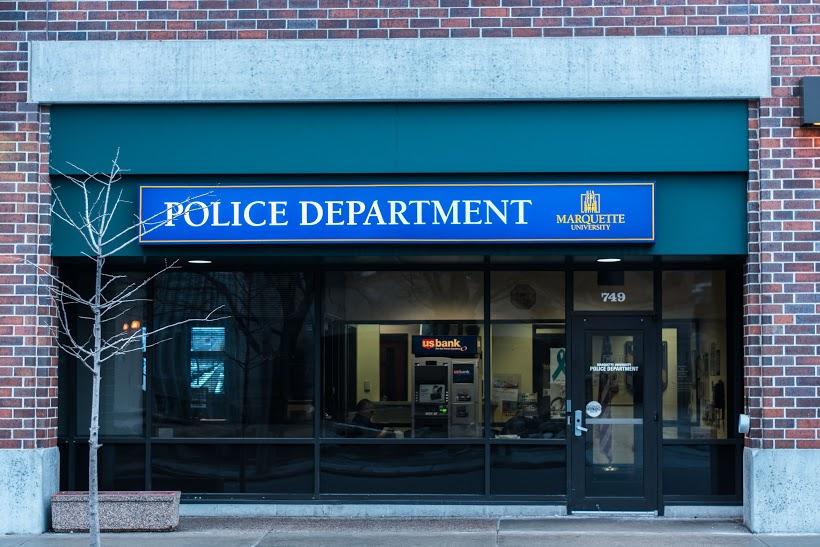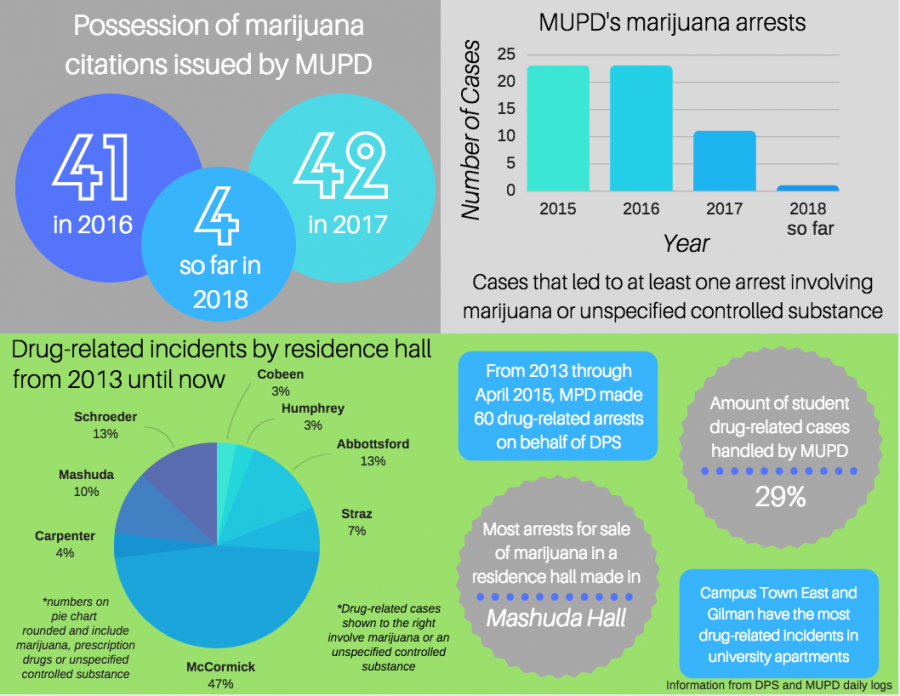 Earlier this month, students in Marquette’s Campus Town East apartment complex fell victim to burglars — unaffiliated with Marquette — who snuck into two student apartments and took student property. With neither student seeing any burglars, the officers of Marquette’s Department of Public Safety had to rely on surveillance equipment to identify the suspects.
Earlier this month, students in Marquette’s Campus Town East apartment complex fell victim to burglars — unaffiliated with Marquette — who snuck into two student apartments and took student property. With neither student seeing any burglars, the officers of Marquette’s Department of Public Safety had to rely on surveillance equipment to identify the suspects.
DPS’s system of 457 surveillance cameras caught images of one of the suspects and a vehicle used in the burglary. Officers forwarded a description of both the man and the vehicle to the Milwaukee Police Department and officers caught the two men involved in the burglary after MPD spotted a vehicle matching the images the DPS camera captured. The arrest took place less than 24 hours after the incident. None of this would have been possible, however, without Marquette’s intricate surveillance network.
The cameras that comprise the system are interior and exterior, fixed and moveable, as well as wired and wireless. They cover everything from residence hall reception desks to areas on the boundary lines of DPS’ patrol zone.
The official DPS patrol is roughly bordered by West Clybourn Street to the south, West State Street to the north, North 24th Street to the west, and North 7th Street to the east. DPS also regularly patrols the 16th Street Bridge and Valley Fields at West Canal Street.
There is approximately 1 camera for every 25.4 students within these boundaries.
Regardless, most students do not know how DPS designs, utilizes and monitors its surveillance systems.
Creating the camera network
DPS Lieutenant Brian Joschko is responsible for the implementation and maintenance of Marquette’s surveillance system. Joschko, who graduated from Marquette in 2004 with a degree in Criminology and Law Studies, directly oversees how Marquette implements all surveillance technology. In short, he acts as Marquette’s surveillance expert.
Joschko said all residence halls have video surveillance systems installed, although buildings with shared bathrooms do not have cameras in the hallways of their residential floors to ensure student privacy. Joschko noted that this was a joint decision between DPS and the Office of Residence Life.
“We are very, very careful as to where we place the cameras because we need to make sure to maintain the privacy of the students,” Joschko said.
Front desk areas, student lounges and computer labs are all monitored in order to protect university and student property. DPS has placed cameras in the computer labs facing away from screens in order to protect student privacy and keep personal information confidential.
Hallways and classrooms in academic buildings are mostly unmonitored by cameras, Joschko said.
In the past, the university has had problems with students cheating the coin laundry system in order to get free laundry services. Since then, the university has placed cameras in each laundry room in order to ensure students pay for their laundry. The cameras also help prevent theft and vandalism in the facilities.
According to Joschko, Marquette has worked with a number of people in the Milwaukee community to build its outdoor surveillance system.
Joschko said the university approaches property owners who have buildings in locations DPS wishes to monitor. In almost every case, Joschko said, property owners were extremely willing to assist DPS. Some of the property owners who have worked with DPS in this process include Schulhof Property Management, Cedar Square and St. James Estates.
When the university works with one of these property owners, DPS is allowed to mount exterior cameras to the buildings. In addition, the university has worked with the City of Milwaukee to install exterior cameras on city property. This has allowed DPS to cover virtually all student-occupied areas within the DPS patrol boundaries.
Creating this camera network has not been an easy task. For example, Joschko said the university wanted an exterior camera on the 16th Street Bridge in order to monitor the Valley Fields area from a higher angle. For this particular camera, DPS needed approval from bridge engineers and the city. After all was said and done, the camera took 6 months to receive approval.
The means to monitor
This complex system of interior and exterior cameras can only be monitored by DPS officers at select secure locations. The main location officers view cameras is the Command Information Center, 749 N. 16th St.
At the CIC, which opened in November 2007, dispatchers view cameras at regular time intervals to perform regular security checks. During these checks, officers look for suspicious activity and report any potential crimes in progress.
The large rear-projection viewing screen DPS uses to monitor the cameras can be used to create life-size images of what a camera is capturing. This can help officers get a realistic size of the images they are viewing.
In addition, the CIC keeps record of each time a card is swiped to access an area. This helps keep both student and university property secure. Officers in the CIC have the ability to lock down all university rooms that have card swipe locks installed.
Officers who man the CIC receive a great deal of training before they are considered full CIC officers. According to DPS, CIC officers receive three to four weeks of training on the street and a full four weeks of training in the CIC itself.
Aside from using the CIC, officers can view the security camera system in two other locations.
Officers in the DPS office in the 16th Street Parking Structure can view the cameras from their desktop computers, which have been specially outfitted with surveillance software.
When an officer is out on patrol in one of DPS’ 17 squad cars, he or she can access the surveillance system through wireless technology. Each car has been equipped with a portable laptop outfitted with the same surveillance software found on DPS’ desktop computers.
“It’s all about giving the officers on the streets the tools they need to do their jobs,” Joschko said.
Over on the East Side of Milwaukee, Sergeant James Learman of The University of Wisconsin-Milwaukee Police said his department uses just over 70 different surveillance cameras to protect its 29,338 students.
In addition, UW-Milwaukee’s residence halls are equipped with their own surveillance systems that UWM Police does not have access to through its command center.
Spreading surveillance
In 2008, DPS began publicizing its force of surveillance cameras in a new attempt to deter crime.
In order to get the word out about Marquette’s network of cameras, DPS ordered about 200 signs notifying students and pedestrians that surveillance cameras are in use. The signs were installed on city light poles by the City of Milwaukee.
The signs are all placed in areas where a minimum of one camera is visible.
Although specific numbers are not available, Joschko said additional cameras, signs and officers on the street have greatly deterred crime since they were introduced.
“Although it is impossible to say which one of these have had the biggest impact, we believe that there is a good combination of all these things that have helped,” Joschko said. “But having these signs up certainly doesn’t hurt us.”
Aside from introducing the signs, DPS also had a lot of planning to do while designing security in McCabe Hall. McCabe, the only residence hall with a large first floor lobby open to the public, required a great deal of surveillance because of the architecture of the lobby. Because the desk receptionist on duty cannot see many areas in the lobby, DPS implemented a network of cameras to ensure student safety is maintained.
A ‘force multiplier’
Although surveillance on campus can be a great help in the deterrence of crime, it is no replacement for officers on the street. According to DPS Chief Larry Rickard, the surveillance system is a valuable aid that acts as a “force multiplier” to aid the good police work of DPS officers.
“The cameras only supplement the officers on the street,” said Joschko. “By no means have these replaced officer. In recent years, we have actually added more officers while adding cameras.”
As technology progresses and new buildings open, DPS said students can expect continued security technology advancements on and around campus. All surveillance technology, however, will continue to make student security and privacy a top priority.



